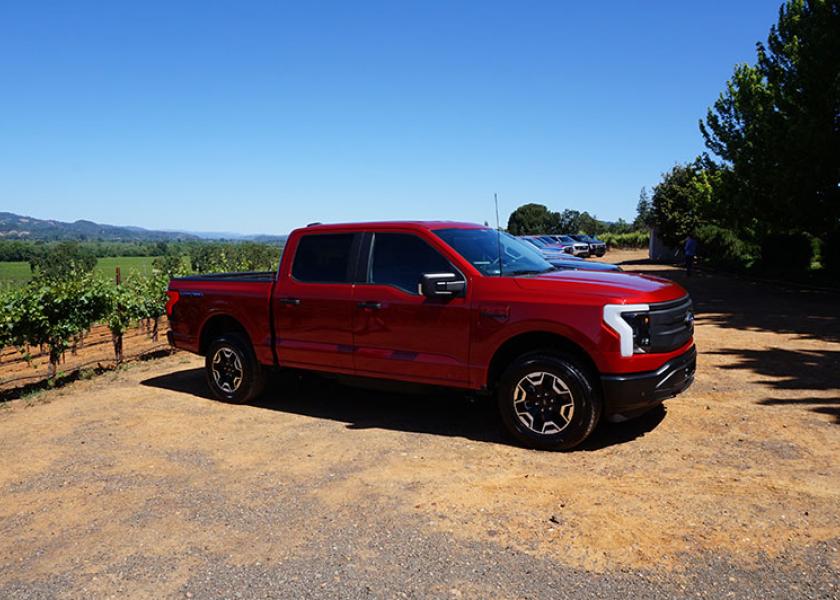Dead Noise: AM Radio Could Soon Be Phased Out of All Vehicles

Do you listen to AM radio? Curtis LeGeyt, National Association of Broadcasters (NAB) CEO, says AM radio reaches 47 million people each week. But there’s speculation it could be phased out for the sake of electric vehicles.
Electric vehicles generate a higher level of electromagnetic interference than gas-powered cars, which automakers say can:
• Disrupt AM reception
• Cause static
• Create a high-frequency hum
With these issues in mind, NAB reports Ford, Tesla, Audi, BMW, Porsche, Volvo and Volkswagen have chosen to remove the AM option from their electric lineup, along with some gas-powered vehicles, in coming years.
FM radio will remain intact, however, as the frequency is not as easily disrupted.
Joe Gill, National Association of Farm Broadcasters president, isn’t on board with the move. He says AM removal poses a threat to public safety due to emergency broadcasts on the frequency.
“I know the argument will be that if you have an app, you can listen online, but not everybody has reliable internet access today,” Gill says. “This would result in a lot of limitations, and we have to give listeners and citizens a choice.”
Government Concerns in Removing AM Radio
Gill isn’t alone in this thinking. Sen. Ed Markey, D-Mass., penned a letter to 40 automotive industry stakeholders in December, outlining his hope for car companies to continue offering free access to broadcast radio for public safety.
Markey’s comments were backed by former Federal Emergency Management Agency (FEMA) administrators who reached out to Pete Buttigieg, transportation secretary, underscoring the safety needs in AM radio.
“AM radio is an indispensable source of information for more than three million farmers in the U.S.,” says Nathan Simington of the Federal Communications Commission. “To those who say AM is a dead technology, 75% of farmers listen to the radio five days per week.”
Despite concern, legislation backing the concept has not been proposed.







